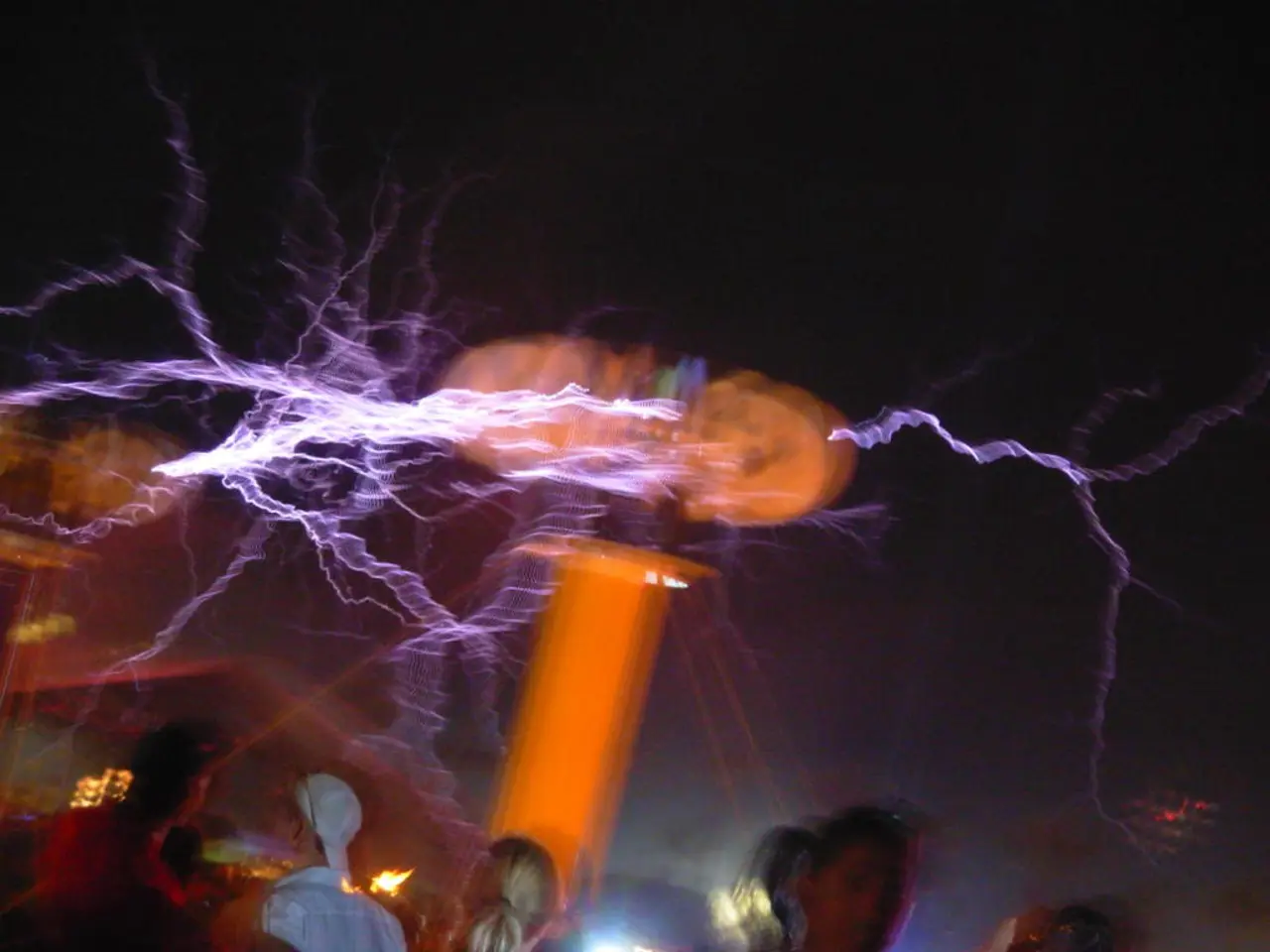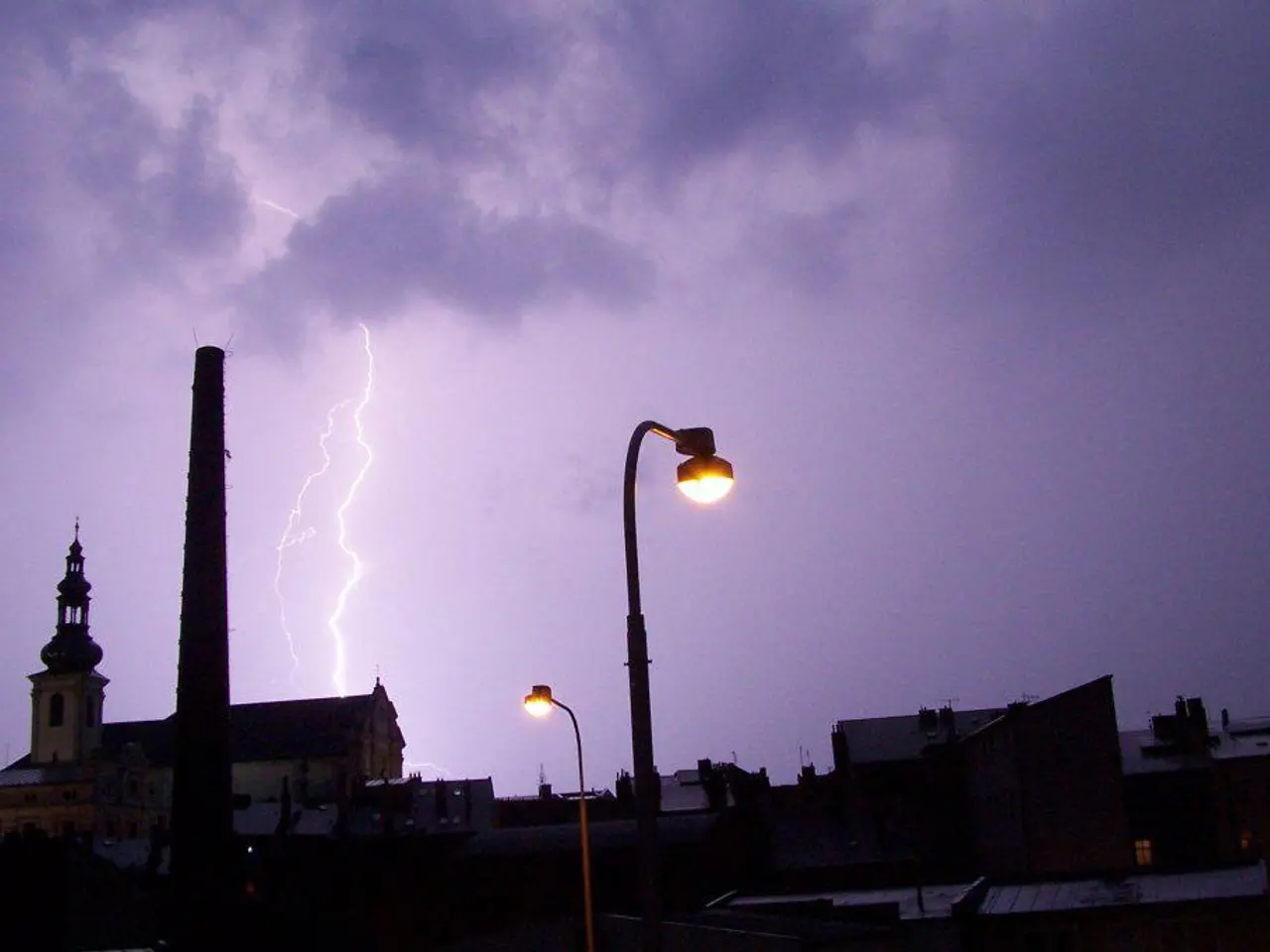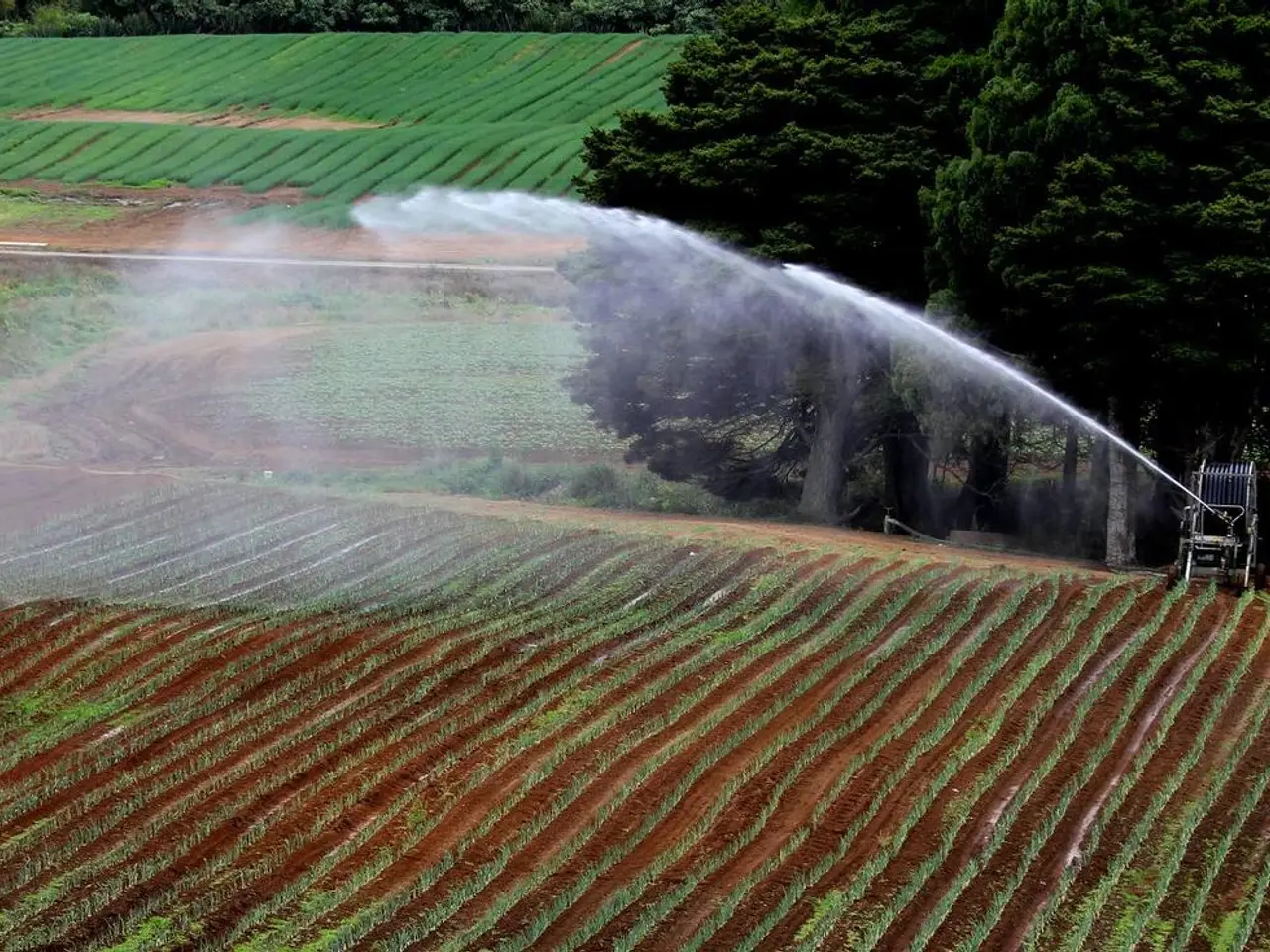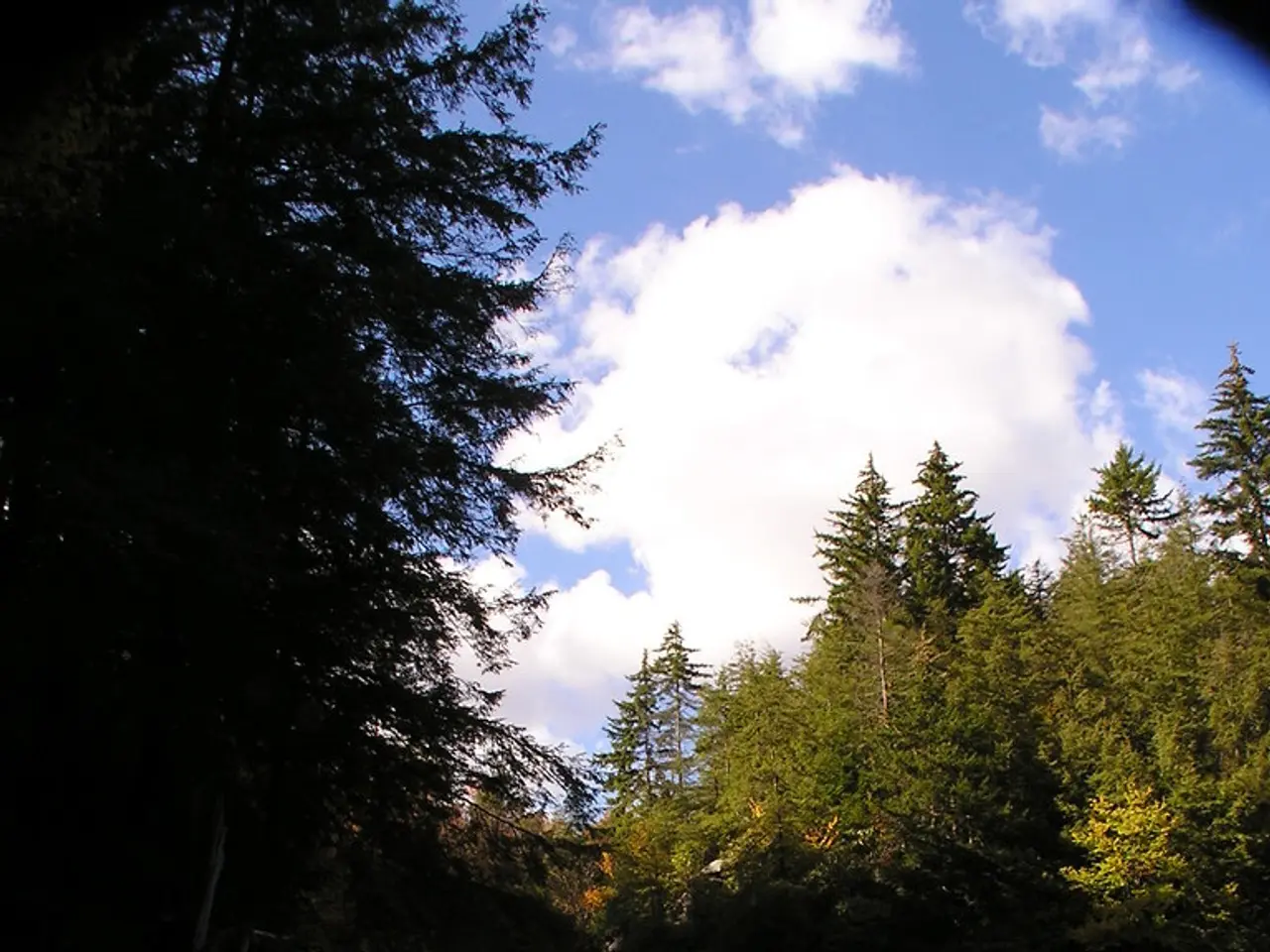Static Electricity Generation through Lightning Simulation Experiment
In a captivating blend of physics and meteorology, a fascinating experiment has emerged that allows children to explore the intricacies of static electricity and lightning formation. This simple yet engaging activity, which requires only a balloon, a wool sweater or fabric, a metal spoon, and a dark room or dim space, offers a hands-on approach to understanding the science behind one of nature's most awe-inspiring phenomena.
The experiment begins by rubbing the balloon on various materials, such as a cotton shirt or synthetic fabric, to generate static charge. This process mimics the rubbing of air and water particles in storm clouds, which also leads to a buildup of static electricity. Once charged, the balloon attracts and moves lightweight objects, like paper strips or even a spoon, demonstrating the electrical forces that precede a lightning strike.
Safety is paramount when conducting this experiment with children. Always supervise the process to ensure proper handling of materials, keeping the area free of flammable substances as static discharge can potentially ignite fumes. Safe, non-breakable items like plastic spoons or lightweight paper should be used for demonstrating static effects.
It is crucial to keep charged balloons away from sensitive electronics to prevent damage by static discharge. Children should avoid touching metal objects right after charging the balloon to reduce any shocks, and should be reminded not to rub the balloon too vigorously on their hair or skin to avoid discomfort or irritation.
This experiment offers an opportunity to encourage children to turn the activity into a complete project by using the scientific method, writing a hypothesis, and testing variables such as the effect of different materials on the strength of the spark or the impact of humidity on static buildup.
By conducting this experiment, children will gain a better understanding of the dangers associated with lightning and the importance of staying indoors during storms, avoiding tall objects and open fields, and never taking shelter under trees during lightning events.
References: [1] How Stuff Works. (2011). How Lightning Works. [online] Available at: https://science.howstuffworks.com/nature/weather/lightning.htm [2] National Geographic. (2020). How to Do a Lightning Balloon Experiment. [online] Available at: https://www.natgeokids.com/uk/discover/science/experiments/how-to-do-a-lightning-balloon-experiment/ [3] NASA. (2021). Lightning. [online] Available at: https://www.nasa.gov/topics/earth/features/lightning.html [4] Weather Wiz Kids. (2021). Static Electricity and Lightning. [online] Available at: https://weatherwizkids.com/static-electricity-and-lightning/ [5] Science Buddies. (2021). Static Electricity Balloon Launcher. [online] Available at: https://www.sciencebuddies.org/science-fair-projects/project_ideas/Elec_p008/electricity/static-electricity-balloon-launcher-project.html
- Preschool children can learn about the science behind weather-forecasting and physics, particularly static electricity and lightning formation, through enjoyable and interactive activities.
- One such activity involves using simple household items like balloons, wool sweaters, metal spoons, and a dark room for a hands-on exploration of static electricity and its effects.
- By conducting this experiment in a safe and supervised environment, kids can understand the electrical forces behind lightning strikes, enhancing their learning experience about the science and art of weather.
- The experiment encourages kids to use the scientific method, formulate a hypothesis, and test variables such as the effect of different materials on the strength of the spark or the impact of humidity on static buildup, promoting a deeper understanding of the subject.
- As children understand the intricacies of static electricity and lightning formation, they will be more aware of the dangers associated with lightning, such as the importance of staying indoors during storms and avoiding tall objects and open fields.
- Proper safety measures, like supervising the process, using safe materials, and keeping charged balloons away from sensitive electronics, should be followed to ensure a fun and safe learning experience.
- To familiarize yourself with this experiment, refer to informative resources like How Stuff Works, National Geographic, NASA, Weather Wiz Kids, and Science Buddies for detailed instructions and explanations.








